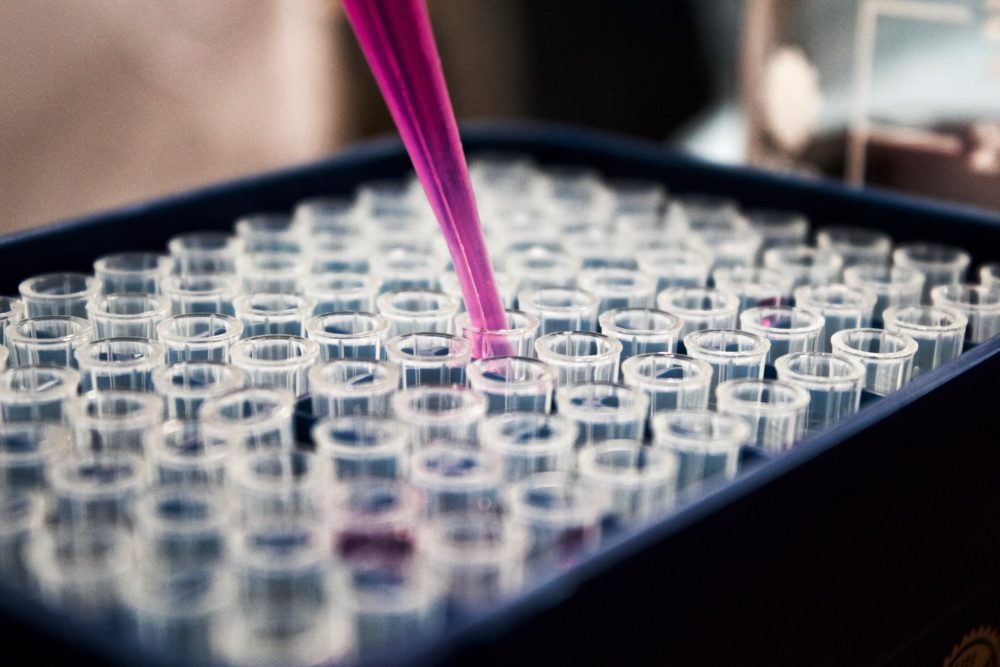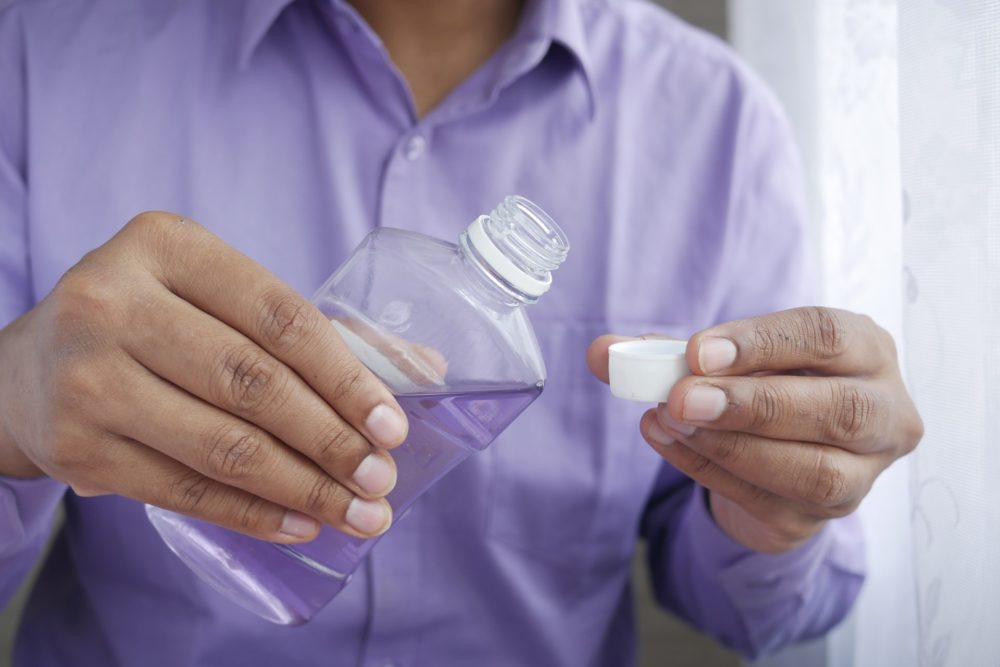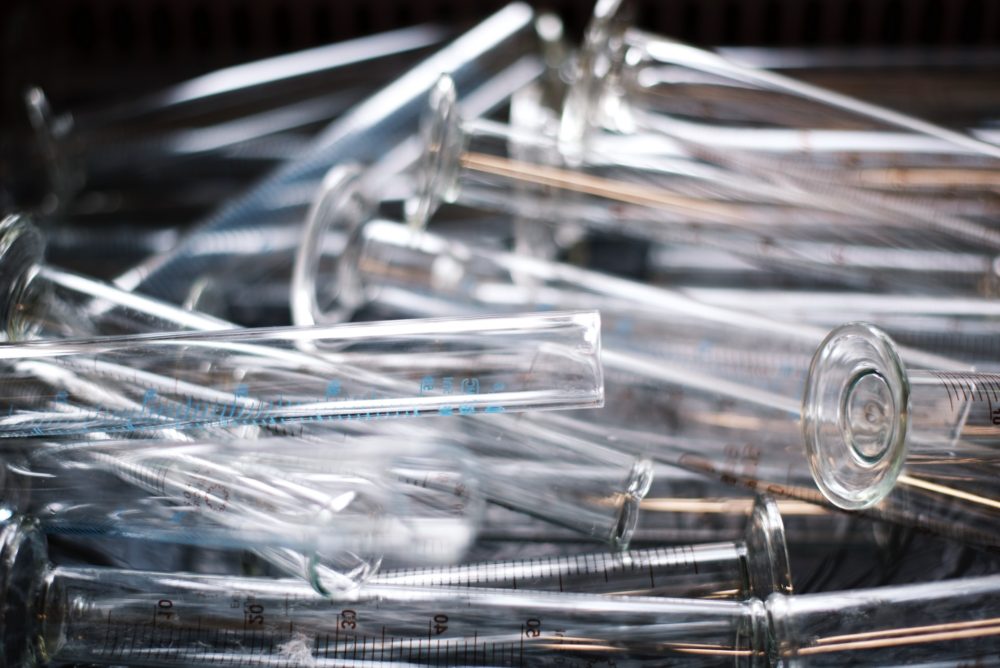Most common lab equipment names: Lab equipment are various tools and apparatus used by scientists working in a laboratory. For any laboratory to function properly, there must be equipment that aids in doing the experiment process. Special equipment is needed in any functional school, research, or medical laboratory. So, what are some of the common lab equipment names and functions?
A laboratory apparatus is used to conduct scientific experiments and can range in complexity depending on the application. While different sorts of laboratories require different types of equipment, some are universal.
Common Lab Equipment And Their Uses – 2022 – 2023
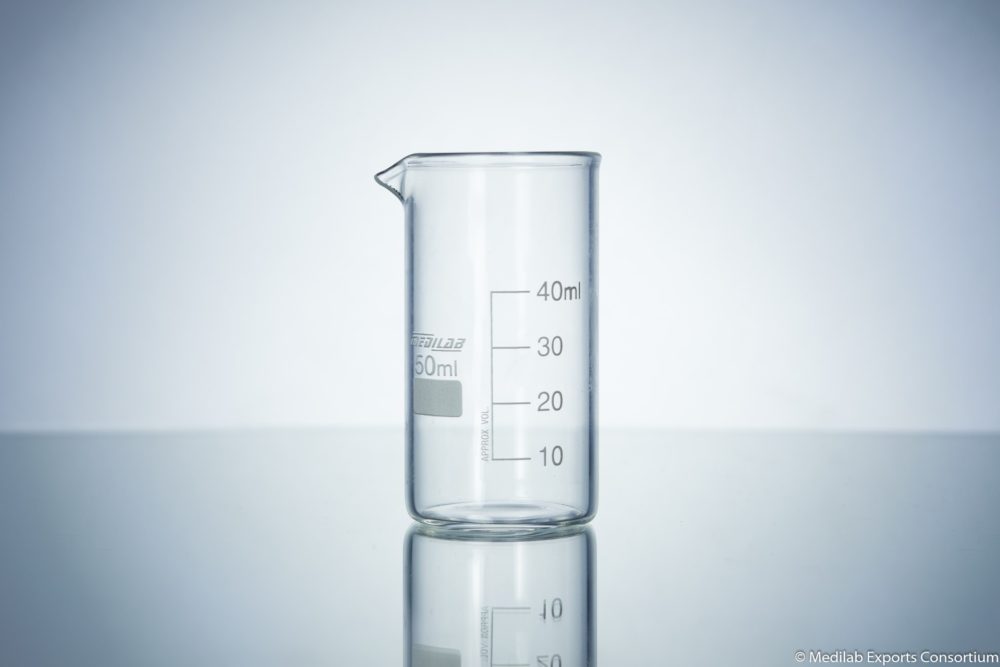
While the detailed list may vary depending on your lab’s individual needs, every lab needs some standard equipment. These types of equipment may be classified as:
- Common lab equipment for safety purposes
- Basic apparatus
- Glassware apparatus that is used for measuring
- Glassware apparatus that is not used for measuring like the test tube rack
- Common lab equipment for heating
What Are Common Science Laboratory Equipment Names And Functions?
The type of science laboratory equipment used mainly depends upon the type of experiments performed by students or researchers. However, it also depends on how sophisticated the laboratory is and whether it is located in a school, hospital, research center, or investigation center.
Below are some of the common lab equipment pictures, their names, and their various uses in the lab.
- Measuring beakers
Beakers are one of the common laboratory apparatus. They are flat bottom glassware or plasticware used to store, heat, and mix substances. They vary in size and are also used to hold liquids during titration and filtration processes.
- Microscopes
A microscope is an instrument that can be used to observe small objects, even cells that are too tiny to be observed by the naked human eye. The image of an object is magnified through at least one lens in the microscope.
This lens bends light toward the eye and makes an object appear larger than it actually is. There are many different types of microscopes for use in different research labs. They include:
Light microscope: It uses lights and a series of magnifying lenses to observe a tiny specimen
- Dark‐field microscope: It is used to observe live spirochetes, such as those that cause syphilis.
- Phase‐contrast microscope: It is an optical microscopy technique that converts phase shifts in the light passing through a transparent specimen to brightness.
- Fluorescent microscope: It uses ultraviolet light as its light source. When ultraviolet light hits an object, it excites the object’s electrons, and they give off light in various shades of color.
- Electron microscope: It uses a beam of electrons to form a magnified image and, thus, is more powerful.
- Transmission electron microscope (TEM): It uses a particle beam of electrons to visualize specimens and generate a highly-magnified image
- Scanning electron microscope (SEM): It is a type of electron microscope that produces images of a sample by scanning the surface with a focused beam of electrons.
- Test tubes
This is a U-shaped cylindrical piece of glass or plasticware that comes in various sizes, but the normal dimension is 18 x 150 mm. Because it is non-reactive, you can safely conduct experiments that require a chemical reaction with it. It is also where science samples are kept.
- Test tube brushes
These are brushes with nylon fibers great for cleaning test tubes, flasks, and beakers.
- Pipettes
A pipette is a laboratory tool used to transfer a measured volume of liquid, generally as a media dispenser, in chemistry, biology, and medicine.
Pipettes are available in various designs and levels of accuracy and precision, ranging from simple single-piece glass pipettes to more complex adjustable or electronic pipettes. However, they are all used to measure an accurate volume of liquid and transfer it to another container.
 Common Examples Of Pipettes Are:
Common Examples Of Pipettes Are:
- Pasteur pipette: Are similar to eye droppers and can transfer a small amount of liquid. They are made of glass or plastic, have a separate bulb, and are not graduated for a certain volume.
- Volumetric pipettes: Transfer a single, predetermined volume of liquid. They are often called bulb pipettes for their shape.
- Transfer pipettes: Are made of plastic but molded, so the bulb may contain some of the liquid.
- Measuring pipettes and micropipettes: Have graduated volumes, like a graduated cylinder, and can dispense different volumes
- Crucible
A crucible is a heavy porcelain dish with a grinder. It is used to grind chemicals to a powder. It is also heat-resistant and is ideal for containing compounds when heated to high temperatures.
In addition, it has a lid that is meant to contain particles of smoke. It is common lab equipment used in biology lab setups.
- Volumetric flasks
This is a type of laboratory glassware used to prepare solutions. It is calibrated to hold exact volumes of a liquid at a precise temperature.
It is a flat bottomed bulb with an elongated neck calibrated to hold a set volume at a mark on the neck. The flask may also be a graduated flask or measuring flask because its mark specifies a precise volume measurement.
Depending on what amount of solution you want to prepare, you can use a 50ml, 125ml, 250ml, 500ml, or 1000ml volumetric flask.
- Round bottom flasks
Round bottom or boiling flasks or Florenceflasks do not stand up on their own and must always be held by a clamp. They typically do not have markings or pour spouts. They can be heated by a bunsen burner, or by a special type of hot plate that is made to accommodate the round bottom.
- Filtering flasks
Filtering flasks are shaped much like an Erlenmeyer flask with a short side tube. These flasks are used with a Buchner funnel and a vacuum pump system. It is slightly similar to Erlenmeyer flasks.
- Distillation flasks
Distillation flasks, also called fractional distillation or fractioning flasks, resemble round bottom flasks with a long sidearm or tube projecting from the neck of the flask.
These flasks are used to separate fluids based on their boiling and condensation temperatures. It is common lab equipment in chemistry labs.
- Bunsen burners
A Bunsen burner is a gas burner commonly used as a heat source in laboratory experiments. It produces a single open gas flame used for heating, sterilization, and combustion.
The gas can be natural gas which is mainly methane, or a liquefied petroleum gas, such as propane, butane, or a mixture. The burner consists of a flat base with a straight tube extending vertically, known as the barrel or chimney.
- Spatula
Mixing, scraping, and other chores connected to transferring materials and samples from one container to another are made easier using a lab spatula.
They are very much similar to the kitchen-like spatulas found in our home, but they are very small in comparison. They are heat and acid resistant and suitable to be used with a range of substances.
- Plastic wash bottle
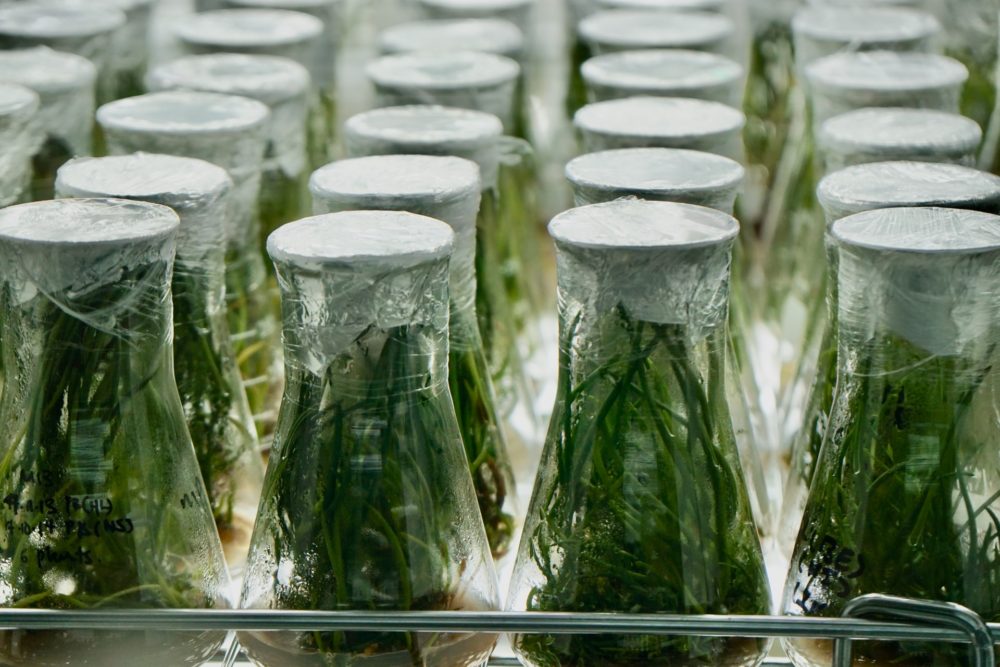
Depending on the task you wish to perform, you can fill it with another solvent, for example, ethanol or deionized water.
- Funnels
Funnels aid infiltration processes. They are used to deliver substances into vessels with small openings. There are various types of funnels used in gravimetric processes. They are:
- Hirsch funnels
- Buchner funnels
- Pyrex funnels
- Porcelain funnels
- Plain funnels
- Filter funnels
- Powder funnels
- Separatory funnels
- Dropping funnels
- Hot filtration funnel
- Eco funnels
- Forceps
Forceps metal instruments that look like large tongs. They are used while grasping objects that are too large to be grasped by the fingers and lift hot vessels and harmful substances during any reaction in the lab.
- Magnifying glass
It is a convex lens used to produce a magnified image of an object. A magnifying glass can be used to focus light, such as concentrating the sun’s radiation to create a hotspot at the focus for starting a fire.
- Dropper
It’s a short glass tube with a rubber bulb on one end and a tiny hole for dispensing medicine or other liquids.
- Measuring cylinders
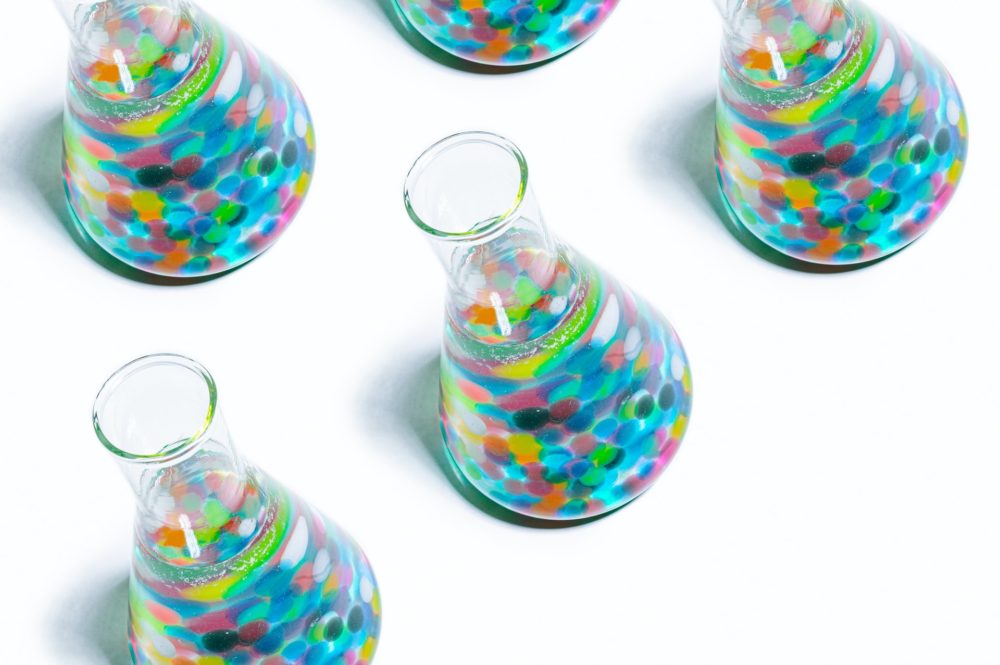
- Burette
A burette is a laboratory apparatus used in quantitative chemical analysis, particularly during the titration process to measure the volume of a liquid or a gas.
It is a long, graduated glass tube with a stopcock at its lower end and a tapered capillary tube at the stopcock’s outlet. The most popular burettes are the 50ml, 25 ml, and 10ml varieties.
- Thermometer
Thermometers used in laboratories are almost similar as they also measure the temperature of substances (not body temperature) and have a high degree of precision.
A laboratory thermometer can be used for several scientific applications and can be found across nearly all laboratories, especially in pharmaceutical, environmental, food, and petroleum testing.
While a lab thermometer can measure how hot or cold a sample or environment is, the measurement range can vary widely between models.
- Weighing balances
A weighing balance is an instrument used to determine the weight or mass of an object. It is available in a wide range of sizes with multiple weighing capacities.
- Heat resistant gloves
They are used to handle hot glassware or other hot lab equipment. They are made from durable, genuine suede leather.
- Latex gloves
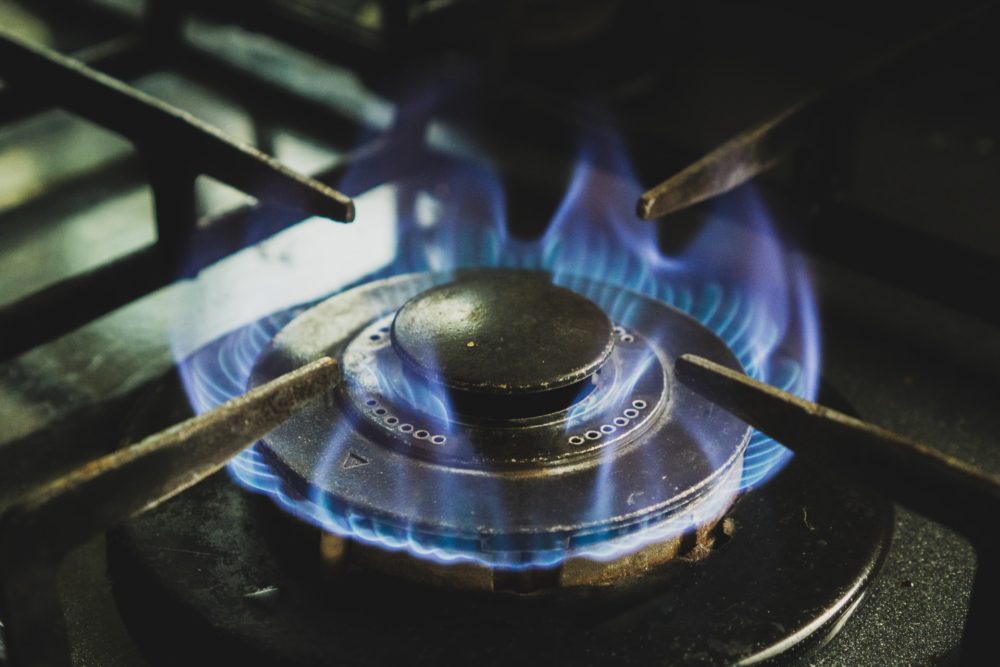
- Tongs
Tongs are used to grasp harmful objects and hold hot vessels, hot evaporating dishes, beakers, crucibles, and other laboratory apparatuses. Each type of tongs is designed for a particular use and differs in shape and design.
- Watch glass
A watch glass is a popular type of chemistry lab instrument. It is around, concave glass dish used for evaporation and heating small quantities of a substance in chemistry.
- Spring balance
It is also referred to as a newton meter. The scale is used to measure the weight of an object by the tension of a spring. It consists of spring on one side and a hook on the other.
It works by the principle of Hooke’s law, which states that for relatively small deformations of an object, the displacement or size of the deformation is directly proportional to the deforming force or load. This force gauge only measures weight and not mass.
- Ammeter
An ammeter is used to measure the amount of current in a circuit. The SI unit of current is Amperes (A). The ammeter is usually connected in series with the circuit in which the current is to be measured.
- Voltmeter
A voltmeter is a kind of electronic meter that measures the voltage between two points in an electrical circuit. Some voltmeters help measure direct current (DC) circuits such as those found in batteries, while others measure alternating current (AC) circuits such as those found in home electrical outlets.
- Safety goggles
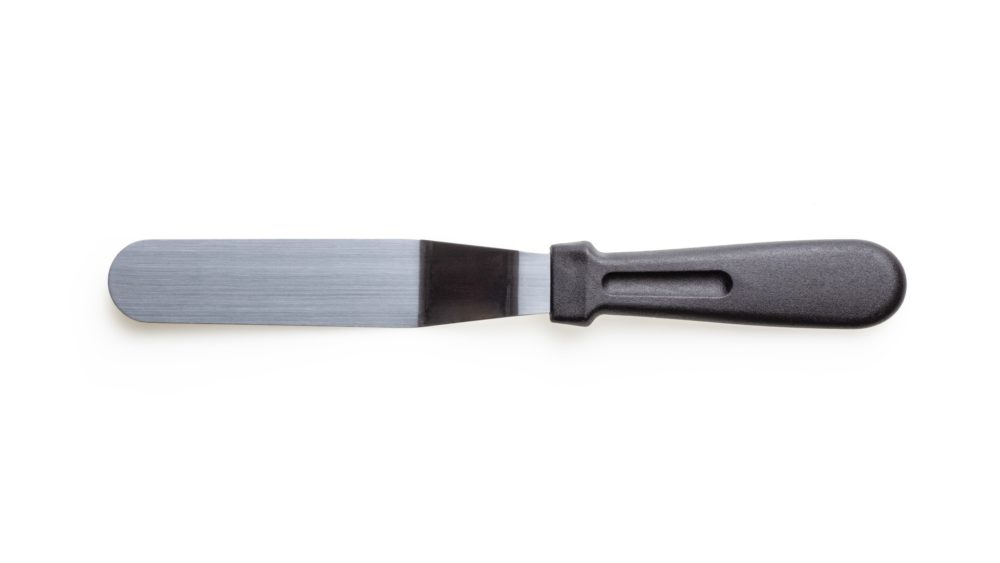
- First-aid kits
This is a very vital piece of equipment that should not miss in any laboratory setup. First-aid kits should include:
- Bandages
- Cotton wool
- Spirit
- Tweezers
- Sterilizing wipes
- Sterile dressings
- Gauze
- Antiseptic creams
- Scissors
- Eye dressings
Common Lab Equipment Names
Below is a summary of the common lab equipment.
- Measuring beakers
- Microscopes
- Test tubes
- Test tube brushes
- Pipettes
- Crucibles
- Volumetric flasks
- Round bottom flask
- Filtering flask
- Distillation flasks
- Bunsen burner
- Spatula
- Plastic wash bottle
- Funnel
- Forceps
- Magnifying glass
- Dropper
- Measuring cylinders
- Burette
- Thermometer
- Weighing balance
- Heat resistant gloves
- Latex gloves
- Tongs
- Watch glass
- Spring balance
- Ammeter
- Voltmeter
- Safety goggles
- First-aid kits
What Are Some Of The Categories Of Laboratory Equipment?
Various lab instruments are classified into several classes based on their functions. The most popular types of lab equipment and their names are listed below.
- Antibodies/reagents: These are reagents used in a regulated drug development setting. They include cell culture media, cytokines, enzymes, and biochemicals.
- Biotech/life science: Include processes like osmometers, capillary electrophoresis, DNA synthesizers, electrophoresis, electrophysiology, and electroporation.
- Centrifuges: This laboratory device uses centrifugal force to separate various fluid components. Separation is achieved by spinning a vessel containing material at high speed; the centrifugal force pushes heavier materials to the outside of the vessel. Common examples are fixed-angle centrifuges, swinging head (or swinging bucket), and continuous tubular centrifuges.
- Chromatography: It is a technique used to identify the components of a mixture. It works by allowing the molecules present in a mixture to distribute between a stationary and mobile medium. TLC, HPLC, and GC all use chromatography techniques.
- Clinical lab equipment: These are apparatus mostly used in clinical areas, mostly in hospitals. They include blood/gas analyzers, cell counters, chemistry analyzers, coagulation analyzers, and hematology analyzers.
- Fume chambers: It is a molded one-piece white surface with all corners covered for easy cleaning and light reflectivity. They are designed to prevent contamination in the lab by fumes or gases from chemical reactions such that air flows into the container from the laboratory and not from the container to the laboratory.
- General lab equipment: They include baths/circulators, block digesters, centrifuge, cryogenics, desiccators, Environmental Growth Chambers, flowmeters, freezers, fume hoods, and furnaces.
- Histology/pathology equipment: These tools help prepare and examine tissues. They are cover slippers, cryostat, embedding stations, slide stainers, and tissue processors.
- Photography systems: They aid in producing an image of objects by light on a sensitive surface like films.
- Labeling: It helps identify different apparatus and specimens in the laboratory.
- Laboratory ware: These are laboratory materials for measuring, pipetting, transferring, preparation of reagents, and storage. They are classified as glassware, plastic, platinum, and ceramic.
- Laboratory pumps: Are commonly used in the laboratory to provide suction for the filtration or aspiration of samples and reduce vapor pressure in instruments such as rotary evaporators and lab ovens. There are two main types of laboratory pumps, entrapment, and displacement pumps.
- Microplate equipment: This is a laboratory instrument used to measure chemical, biological or physical reactions, properties, and analytes within the well of a microplate. A microplate consists of small wells in which separated reactions take place.
- Microscopes: They are instruments that are used to magnify small objects. They are categorized into five types, stereo microscope, compound microscope, inverted microscope, metallurgical microscope, and polarizing microscope.
- Spectroscopy: This is the study of the interaction of light with matter. Instruments used are AAS, molecular spectroscopy, infrared spectroscopy, ultraviolet spectroscopy, and X-Ray analytical (XRD, XRF).
- Vacuum equipment: They are majorly used in the manufacturing of cathodes, pumping water, welding, food preservation, applied sterilization, and many more. Some of the instrument’s parts are valves, gauges, pumps, and filters.
What Are Some Of The Laboratory Safety Rules?
The most common safety rules include:
- Know locations of laboratory safety showers, eyewash stations, and fire extinguishers.
- Avoid skin and eye contact with all chemicals.
- Label all the chemical containers accordingly.
- Wear closed leather shoes while working in the laboratory.
- Use equipment only for its designated purpose.
- Avoid adding solids to hot liquids.
- Never leave containers of chemicals open.
- Do not taste or intentionally sniff chemicals.
- Do not use mouth suction for pipetting or starting a siphon.
- Wash exposed areas of the skin before leaving the laboratory.
- Long hair and loose clothing must be pulled back and secured from entanglement or potential capture.
For any laboratory experiment to succeed, you will need good laboratory equipment to complete and assess the procedure. The above common lab equipment is just a sample of the various varieties of the lab equipment available.



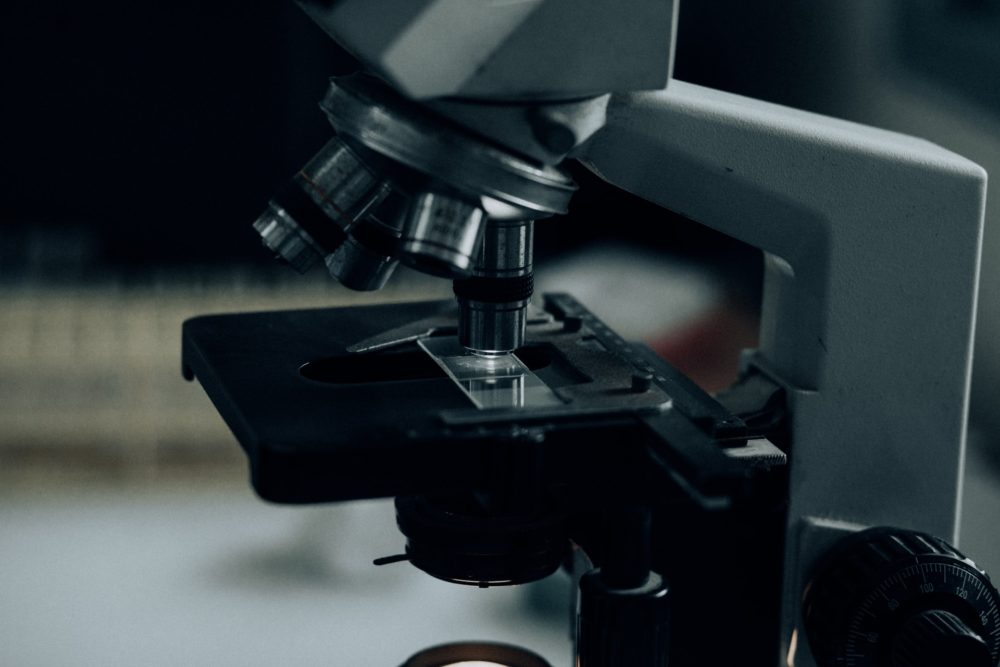 Light microscope:
Light microscope: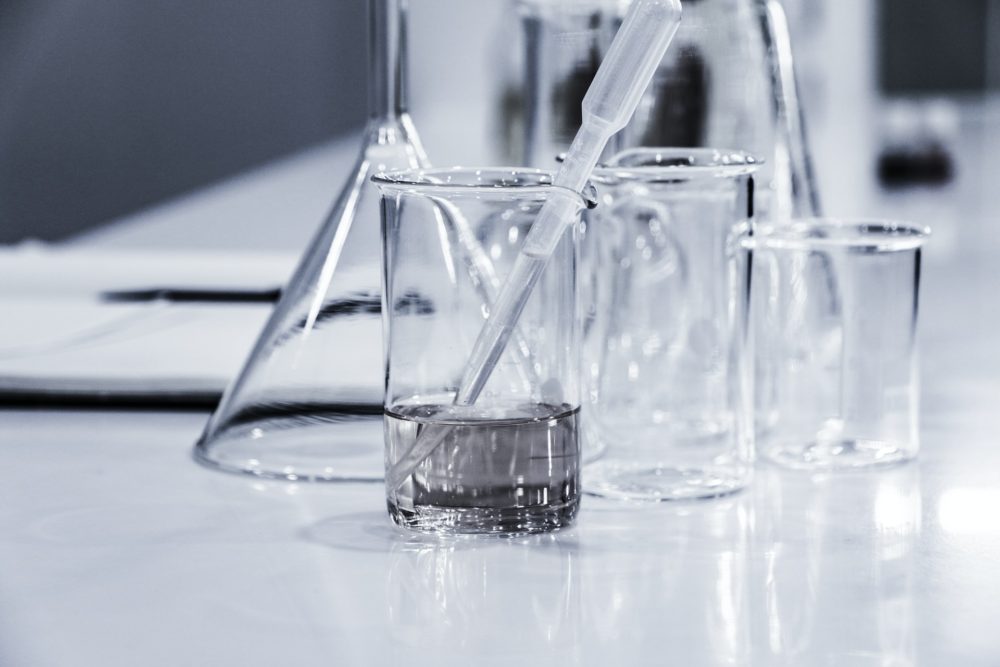 Common Examples Of Pipettes Are:
Common Examples Of Pipettes Are: